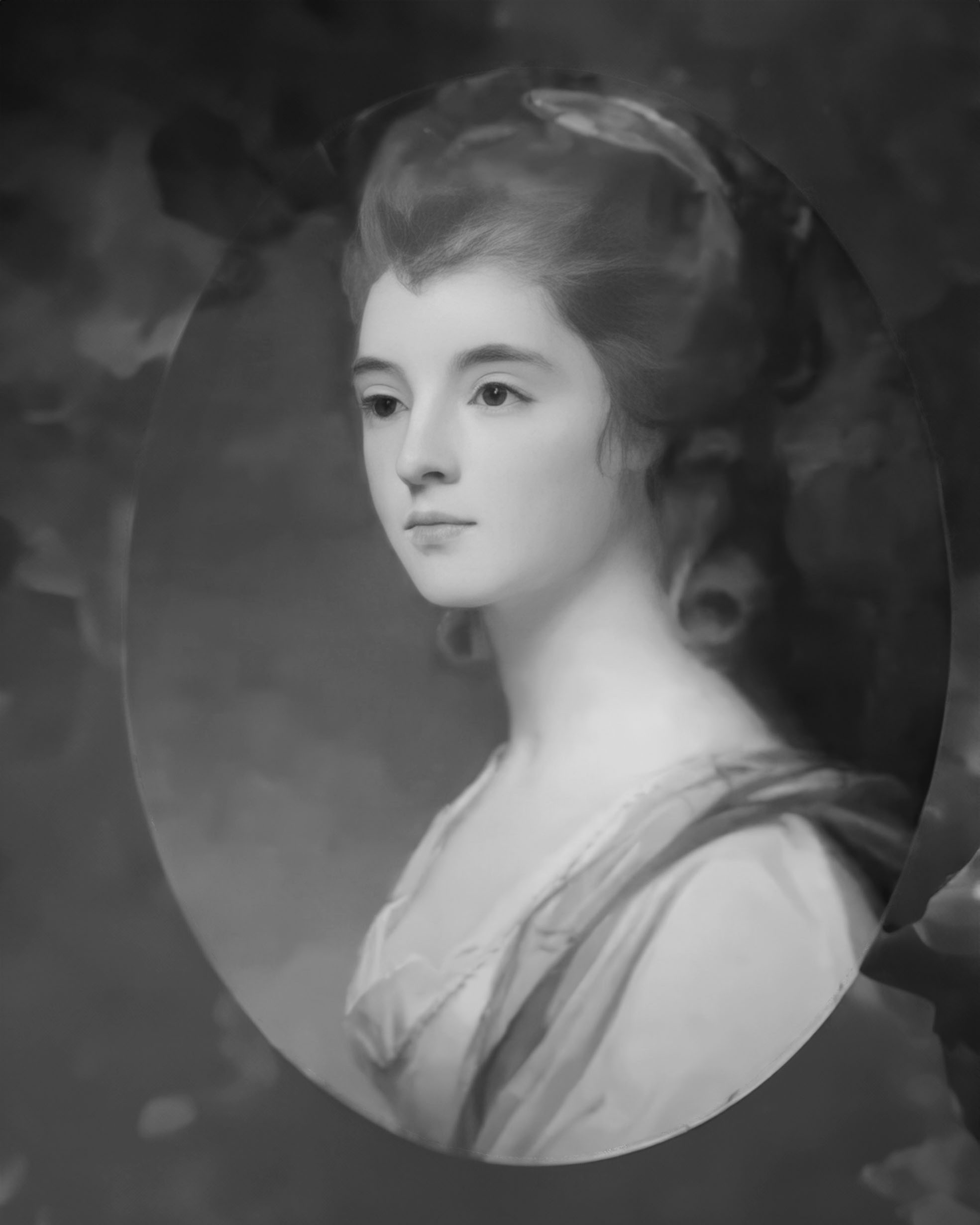00:00
25.9.1758 – 30.1.1820
Josepha von Auernhammer was born in Vienna as the eleventh of fifteen children. Nothing is known about her musical education as a child, but it is documented that as an adult she received lessons from Georg Friedrich Richter, Leopold Anton Kozeluch and, from 1781, Wolfgang Amadeus Mozart.
The latter dedicated six of his piano sonatas to her. In addition to her work as a pianist Josepha appeared in public as a composer at an early age. Her works, written primarily for the piano, received positive reviews and have been embraced by the public.

Stefan Mendl’s thoughts on the work
Josepha (or Josephine) von Auernhammer, who was born in 1758 and had lessons with Mozart from 1781 on, was highly esteemed by him as a pianist and musician. Not only did he perform with her – including his Sonata for Two Pianos K.448 and the Concerto for Two Pianos K.365 – but he also dedicated a number of his violin sonatas to her (K.376-380) and entrusted her with the “supervision” of the printing of some of his works.
Auernhammer’s “Six Variations on a Hungarian Theme”, published in 1810, is in many respects a “typical” composition of the period in Vienna. Variation works were very popular with publishers, music lovers and musicians alike. Mostly, popular melodies were used as themes, and for the composers the variation was a wonderful “medium” to showcase their compositional skills. In the case of Auernhammer’s variations, the use of Hungarian (or stylized Hungarian) folk music, which was popular at the time (and remained so until the late 19th century), also comes into play. The second part of the theme (and subsequently each variation) plays with these Hungarian elements.
The piano virtuoso Auernhammer utilizes almost every possible and effective technique for the instruments at the time, from sparkling runs (Variation 1 and 4) to the crossing of the hands, repeated notes and tremolos (Variation 2) to beautiful pedal effects (Variation 3 and 5). The 6th variation – a march – is reminiscent of a Mozartian opera scene, and the work concludes with a final “da capo” of the opening theme.
